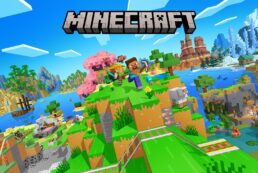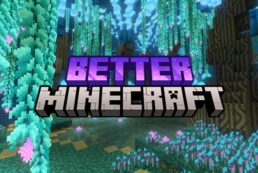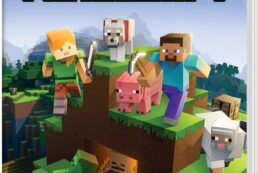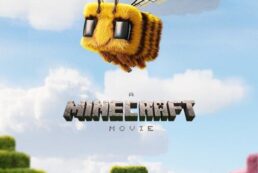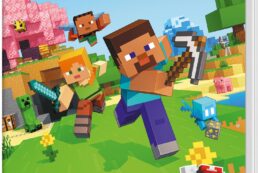In a world where pixels reign supreme and imagination knows no bounds, one game has emerged as a colossal titan of creativity and adventure: Minecraft. Since its inception in 2009, this blocky universe has captured the hearts of millions, transforming from a simple, sandbox-style creation into a global phenomenon that transcends age and geography. But how did a modest indie project evolve into a cultural cornerstone that encourages exploration and innovation? In this article, we embark on a journey through the history of Minecraft, tracing its humble beginnings, the vision of its creator, Markus Persson, and the myriad of ways it has shaped the digital landscape. Join us as we uncover the story behind the blocks, the communities that have flourished within this virtual realm, and the enduring legacy of a game that continues to inspire endless possibilities.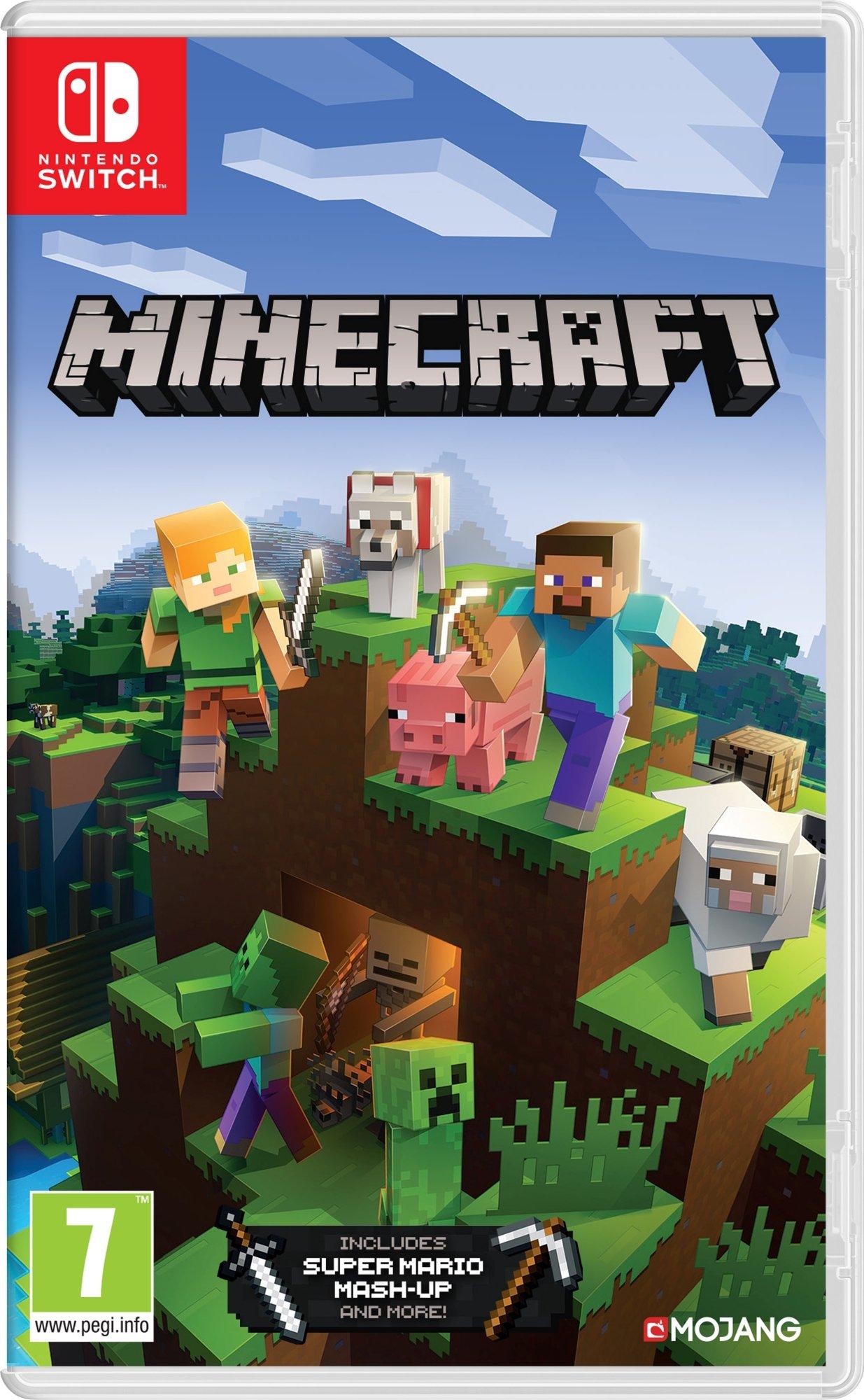
the Genesis of Minecraft: From Indie Project to Cultural Phenomenon
In the early days of its progress, Minecraft began as a humble indie project by markus Persson, known as ”Notch.” Released in May 2009, the game initially garnered attention from the game development community for its simplistic yet captivating graphics and open-ended gameplay. With its core mechanics revolving around crafting, building, and exploration, players found themselves immersed in a blocky universe that encouraged creativity and innovation. Following feedback from a growing community, Notch implemented various updates that included new features, adding depth and variety to the gameplay. This responsive approach transformed Minecraft into a collaborative effort between developer and player,setting it apart from traditional gaming models.
By 2011, as the game transitioned into its full release, the phenomenon had started to unfold on a grander scale. Its popularity soared, attracting millions of players and leading to an expansive ecosystem of mods, spin-off games, and merchandise. The community became pivotal in shaping the game’s identity, with many players sharing their elaborate creations online and inspiring others to join the fray. additionally, the introduction of multiplayer modes opened avenues for social interaction, further embedding Minecraft into popular culture. The game’s distinctive aesthetic,coupled with a child-friendly approach,propelled it into classrooms and homes around the world. Today, Minecraft stands not just as a game, but as a cultural icon, representing a myriad of possibilities within a universe built from blocks.
Crafting the World: Key Innovations that Shaped Gameplay
Minecraft’s evolution is nothing short of a digital revolution, where each innovation has laid the foundation for a world that is both limitless and accessible. Starting with the game’s block-based modeling, the design choice not only simplified the mechanics of construction but also put creativity at the forefront. Players can manipulate terrain using a basic palette of materials, which encourages experimentation. This simplicity didn’t stifle creativity; instead, it spurred a vibrant community that thrives on sharing imaginative designs and intricate builds. Features like Redstone taught players the basics of electrical engineering,transforming simple constructions into complex machines that mimic real-world technology.
Moreover, the introduction of multiplayer functionality and modding support substantially enhanced players’ experiences. By allowing users to collaborate in real-time, communities formed and traditional gameplay morphed into social simulations.Additionally, mods expanded Minecraft’s universe far beyond its original constraints, introducing new mechanics and dimensions. The following table highlights some pivotal innovations that transformed the gameplay landscape:
| Innovation | Impact on Gameplay |
|---|---|
| Block-Based Building | Simplified construction, emphasizing creativity. |
| Redstone Mechanics | Introduced logic, engineering, and automation. |
| Multiplayer Mode | Enabled collaborative gameplay and social interaction. |
| Modding Community | Expanded game functionality, introducing new genres. |
Building Communities: The Role of Modding and Player Engagement
As Minecraft evolved from its humble beginnings, the modding community became one of its most vibrant ecosystems, allowing players to unleash their creativity and innovate beyond the game’s original confines. By creating and sharing modifications, players have established an interactive dialog that fosters collaboration and community building. Mods not only enrich gameplay but also introduce new mechanics, environments, and narratives that reflect the diverse interests of the community. The embrace of modding has led to a flourishing culture where skills in programming,art,and storytelling converge,empowering players to become contributors rather than mere consumers of content. This openness encourages a sense of ownership and connection among users, binding them together in their shared experiences and adventures within the blocky universe.
Player engagement in Minecraft manifests in various forms, from hosting multiplayer servers to participating in forums and social media discussions. Communities often mobilize around themes or challenges that encourage cooperative play and creative solutions, leading to unique experiences that resonate across different groups. As a notable example, players can collaborate to build expansive cities, recreating real-world landmarks, or embark on epic quests in player-created adventure maps. Here’s a snapshot of some notable ways players engage and build communities:
| Engagement Activity | Description |
|---|---|
| Multiplayer Servers | A shared world where players can interact, build, and compete. |
| Theme Challenges | Players create builds based on a specific theme, often leading to friendly competitions. |
| Streaming and Content Creation | Players share their gameplay experiences through streaming platforms and YouTube, attracting followers and fostering community discussions. |
| Forums and Social media | Online platforms where players discuss ideas, share creations, and seek help. |
Through these interactions, players not only enhance their enjoyment of the game but also contribute to a legacy that continues to influence new generations of gamers. Each player’s unique touch helps to enrich the Minecraft landscape, reflecting an ever-evolving mosaic of creativity influenced by the diverse voices of its community. In this blocky universe, the bridges built between players turn mere gameplay into a collaborative art form that transcends the digital realm.
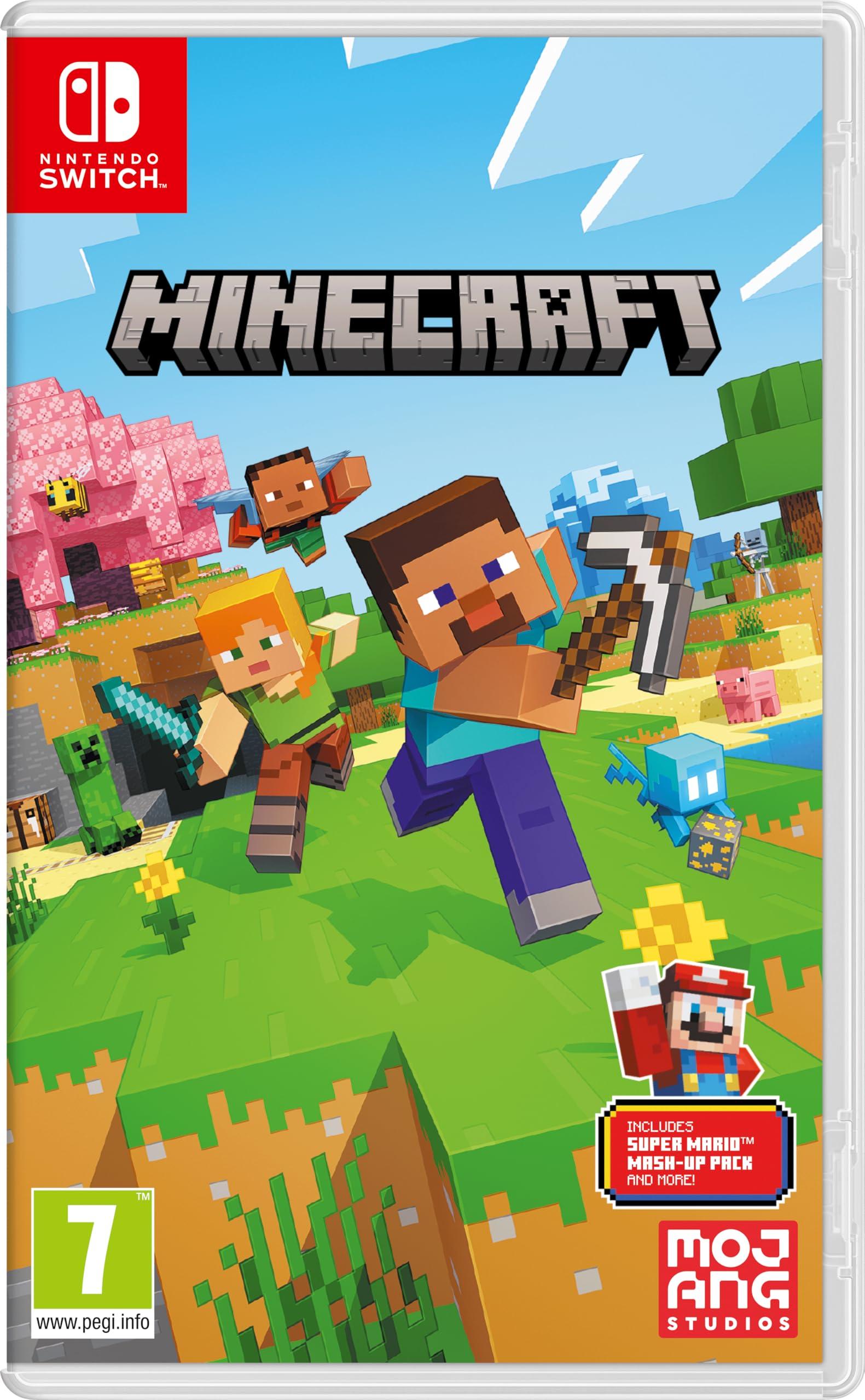
expanding Horizons: The Evolution of Minecraft Through Updates and Spin-offs
Since its inception, Minecraft has undergone remarkable transformations, each update further enriching the gameplay experience and broadening its expansive universe. One of the landmark updates, “The Nether Update,” revitalized the underworld, introducing stunning biomes, new mobs, and unique resources that encouraged exploration and creativity. Players were soon able to venture into the dark depths of the Nether, gathering materials for crafting potions or building portals that linked the overworld to this fiendish realm.Moreover, the “Aquatic Update” brought vibrant underwater ecosystems to life, allowing players to embark on adventures beneath the waves, discovering shipwrecks and coral reefs while uncovering the mysteries of aquatic life. These enhancements not only kept the original fanbase engaged but also attracted a new generation of players,reinforcing Minecraft’s status as a cornerstone of sandbox gaming.
As the game expanded, Mojang also ventured into excellent spin-offs that delivered fresh experiences without sacrificing the core essence players love. Titles like “Minecraft Dungeons” offered a thrilling dungeon-crawling twist, capturing the charm of blocky aesthetics while introducing new gameplay mechanics, such as cooperative multiplayer and loot systems.On the other hand, “Minecraft Earth” provided a unique augmented reality approach, blending the digital world of Minecraft with the real world using mobile technology. While both titles catered to different audiences, they collectively showcased the versatility of the Minecraft franchise, illustrating how the basic principles of creativity and exploration can be woven into various gameplay styles.
The Conclusion
As we close the chapter on the fascinating history of Minecraft, we find ourselves standing at the crossroads of creativity and technology, where a blocky universe continues to expand beyond the constraints of our imagination. From its humble beginnings as a solo project to its evolution into a global phenomenon, Minecraft has etched its mark on the cultural landscape, inspiring millions to explore, build, and collaborate in ways previously thought impossible. The game’s journey reflects not just the evolution of a software request, but also the larger narrative of how digital environments can foster community, creativity, and innovation. With each update and expansion, Minecraft adapts, inviting new generations to partake in its ever-evolving adventure. As we look to the future, it is clear that this pixelated realm is not just a game; it is a canvas where players can express their dreams and ideas. So, whether you’re a seasoned builder constructing sprawling cities or a curious novice venturing into the vast world, the legacy of Minecraft reminds us that in the heart of every block lies endless potential. As we continue to explore this boundless universe, we are not just players in a game; we are the architects of our own stories, crafting a digital tapestry that reflects our collective creativity. The journey is ongoing, and the universe is still expanding—what will you create next?



